Doug and I went to Philadelphia to see a concert, and decided to spend a couple of days taking in some history. Mid-way through the first day we were alerted our concert was canceled (the singer had the flu), but thanks to having coordinated some service on the van at the same time as our trip into the city, it made no sense to head back to our temporary home base in NJ.
We did lots and lots of walking around the city, seeing the beautiful old buildings and knocking off a bunch of items to see on our list.
Philly is the largest city in Pennsylvania, with a deep history to match. It was founded by Quaker William Penn in 1682, and still boasts buildings from the late 17th and early 18th centuries.
Some big events happened here early in the founding of our new nation. The First and Second Continental Congresses met in 1774 and 1775, the Declaration of Independence was signed here in 1776, the Constitutional Convention was held here in 1787, and it served as the U.S. capital from 1790 to 1800.
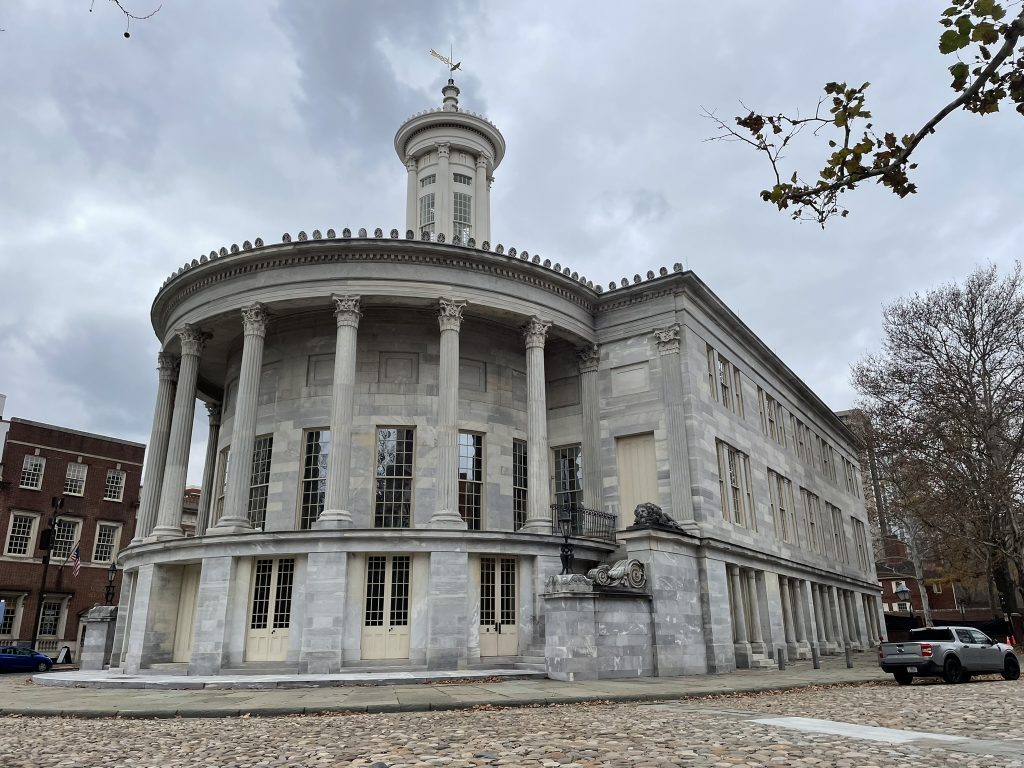
This is the Merchants’ Exchange Building, designed by William Strickland, built between 1832 and 1834. It is constructed in the Greek Revival style, which was the first national American architectural style, showing our appreciation for the ideals of Greek democracy. It served as a commercial and financial center back in the day. Now it serves as the headquarters for the National Park Service in Philly.
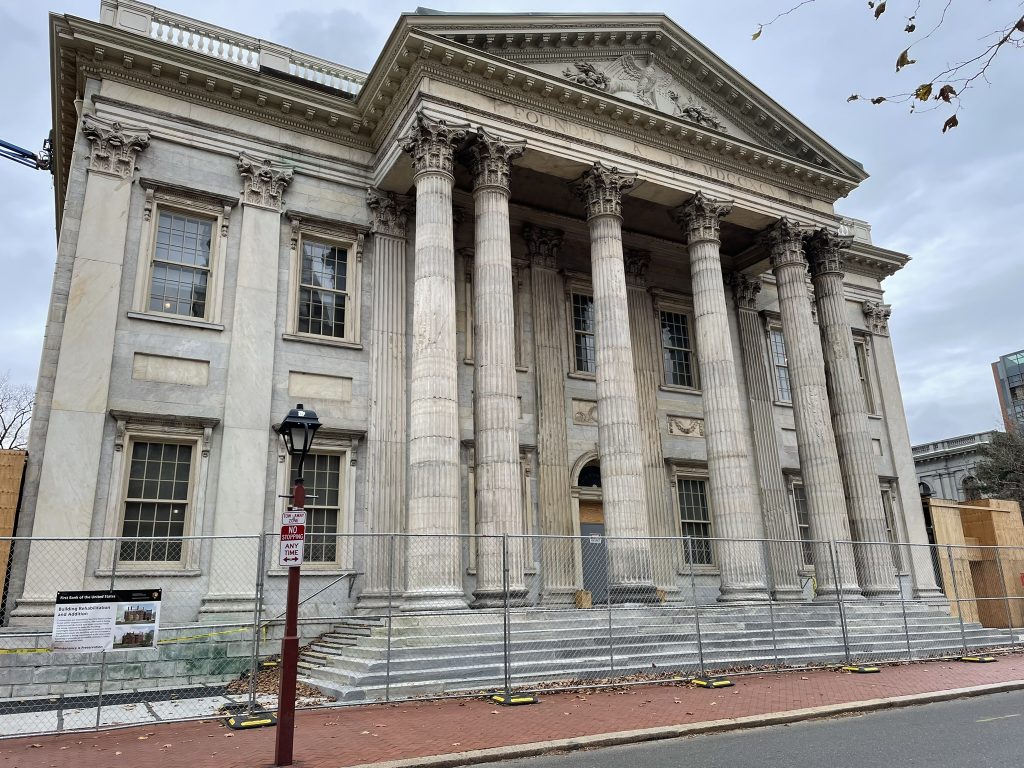
If you’ve seen Hamilton you know that Secretary of the Treasury Alexander Hamilton controversially proposed establishing a national bank in response to the “overwhelming debt and an uncertain commercial future” of our young nation. The First Bank of the United States was established by a 20-year charter in 1791, and moved into this building in 1797. Interestingly, the bank’s charter was not renewed when it expired; it remained a bank, just not one with the hands of the US government in it. It was under renovation during our visit.
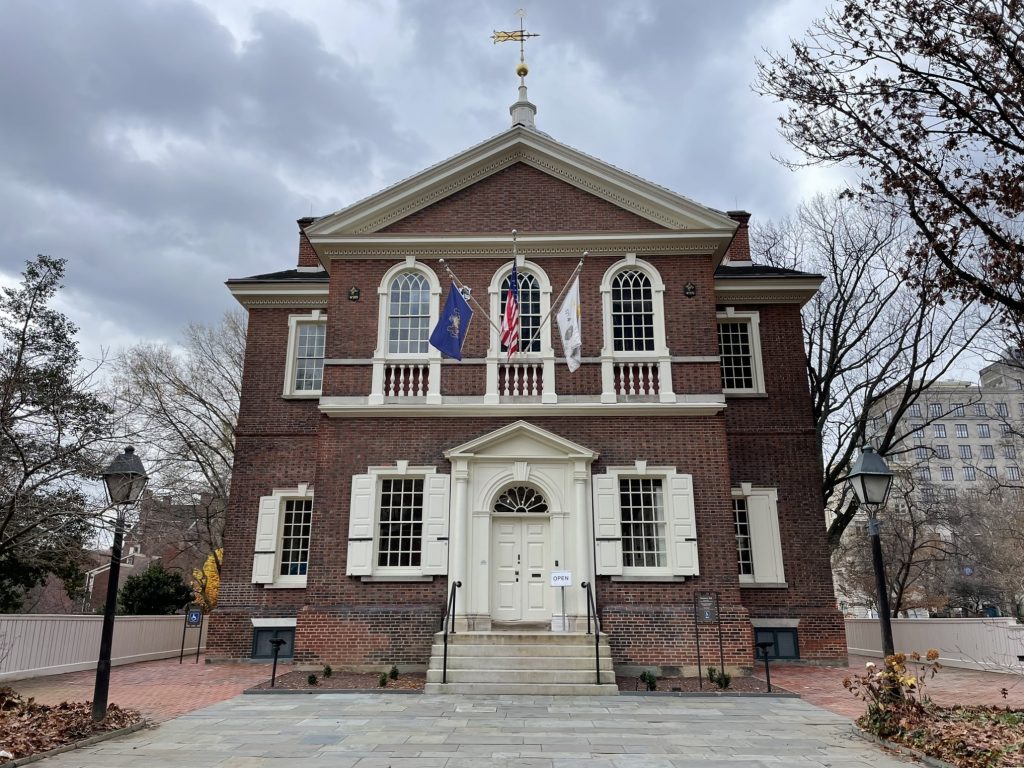
Carpenters’ Hall was completed in 1774 for the privately owned Carpenters’ Company of the City and County of Philadelphia, which is still in existence, making it the country’s oldest extant craft guild. The guild includes architects, building contractors and structural engineers, and has had just 900 members since its founding in 1724. The First Continental Congress met in this building in 1774, and in 1776 Pennsylvania declared its independence from the British Empire from this building. There’s a very small museum on site today, which is free and takes about 15 minutes to peruse.
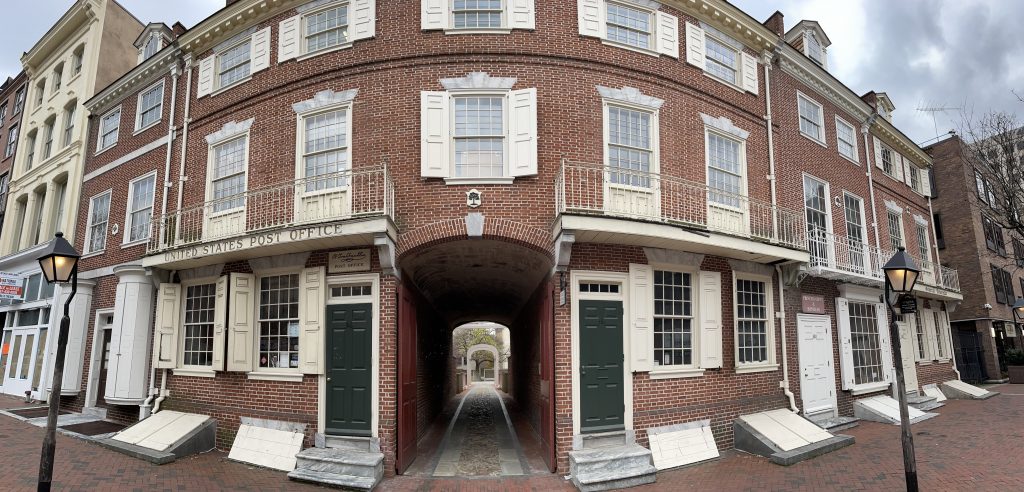
Franklin Court is the site where Benjamin Franklin lived and worked from 1763 until his death in 1790. Franklin owned the buildings along Market Street, and installed this alleyway to the courtyard beyond, where he built a home and printing shop. Though Franklin was a Postmaster, his Post Office was not as this site; it’s been added to the site as part of the museum complex run by the National Park Service. You can get your mail hand-cancelled here with “B. Free Franklin”, the cancellation Franklin used. [Note that these buildings are actually a straight line; the picture is warped by using the panoramic feature to get it all in.]
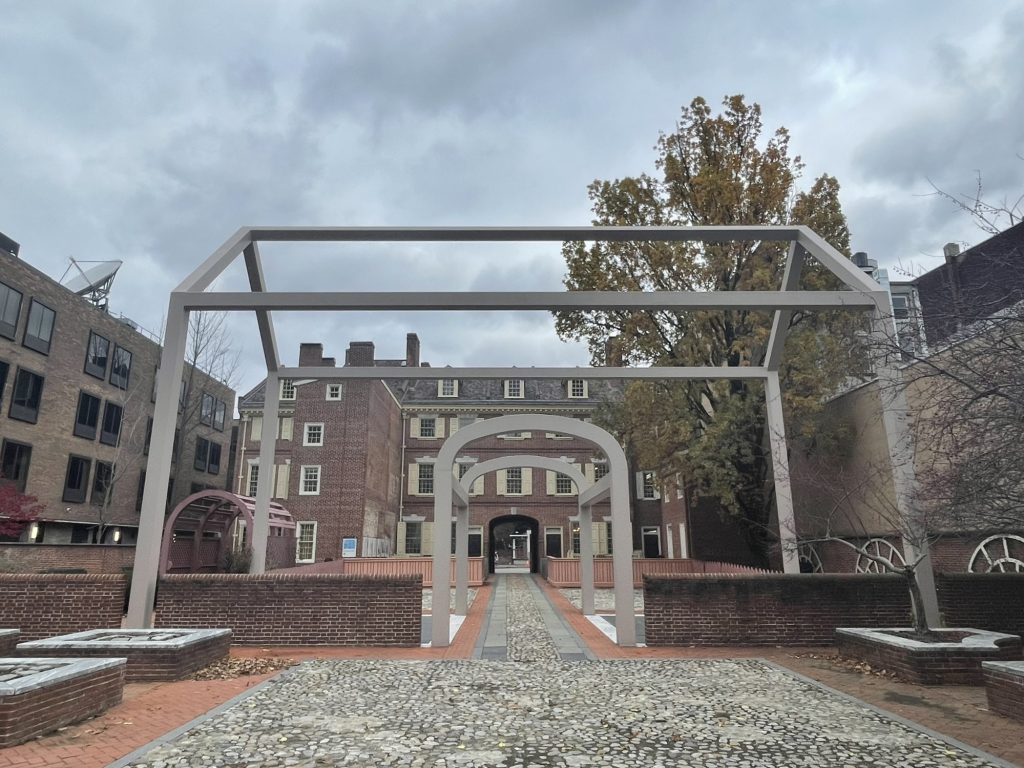
This “ghost” outline shows where Franklin’s home and print shop were in the courtyard; you can see the alleyway to Market Street in the center. Franklin was a printer, diplomat, scientist and much more; it’s really incredible to think of all the things he did during his lifetime.
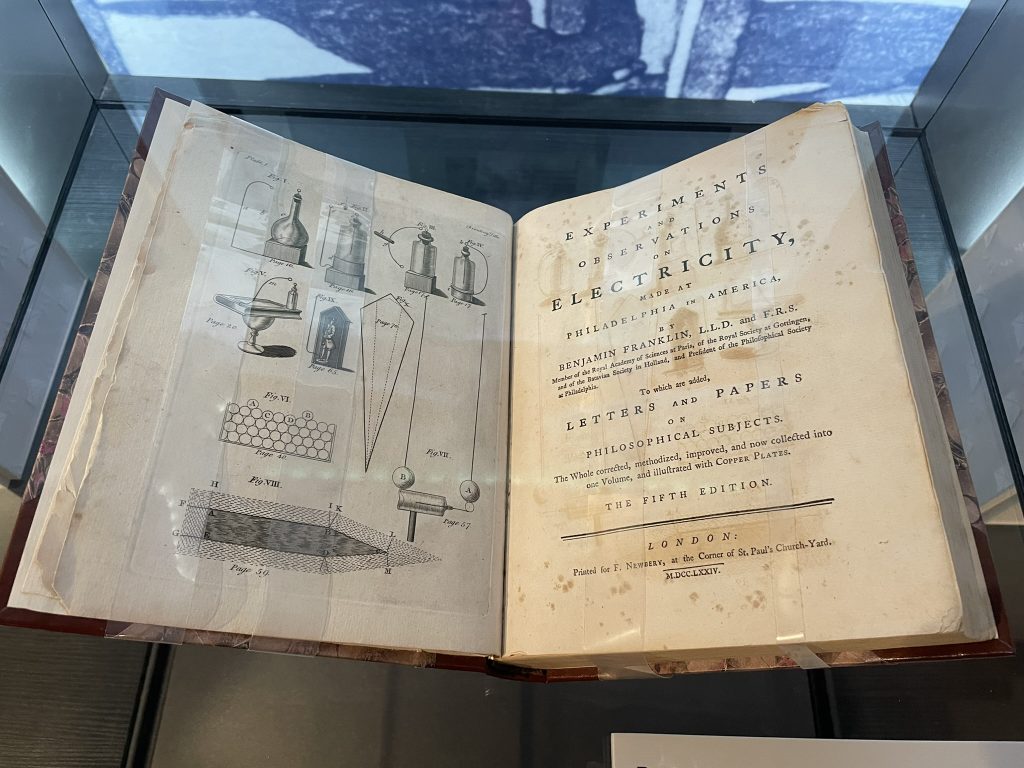
The National Park Service runs a small museum at Franklin Court dedicated to the amazing Benjamin Franklin. Franklin’s 1751 book, Experiments and Observations on Electricity, led to him to become widely known in the scientific world; a 1774 fifth edition is pictured.
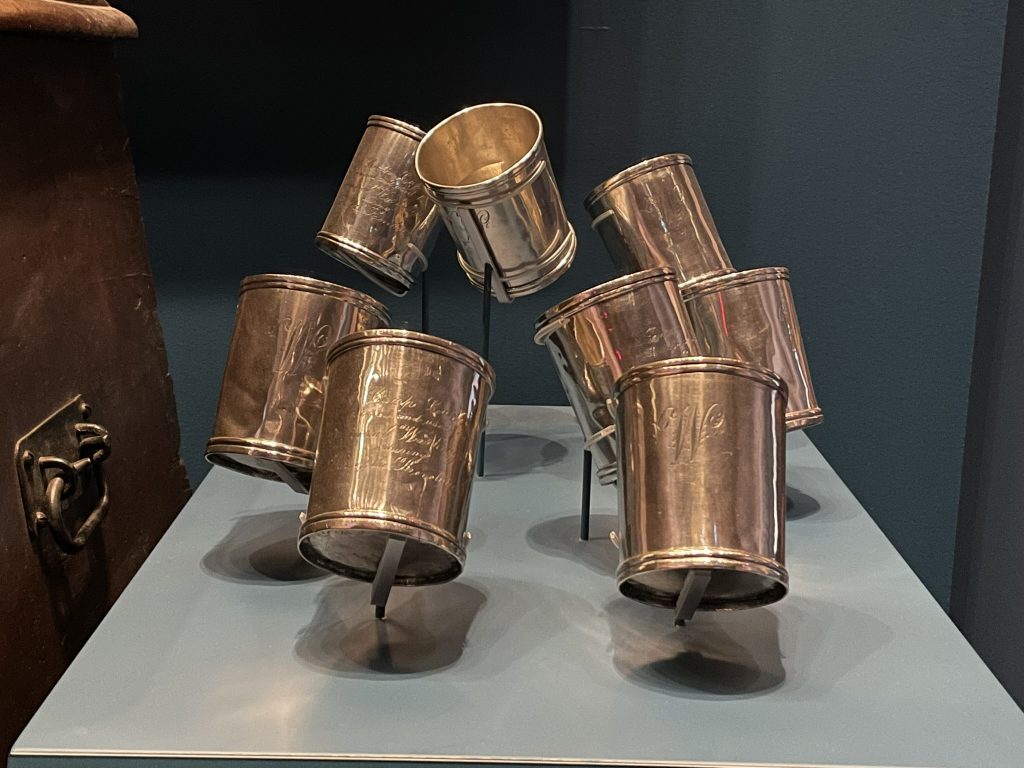
The Museum of the American Revolution was “spare no expense” museum, but as we have recently visited several Revolution museums and battlefields (with related Visitor’s Centers), it is starting to feel a little repetitive. There’s just not much you can show from the American Revolution other than uniforms, weapons, paintings, and ephemera from the daily life of a soldier. Pictured are George Washington’s 1777 camp cups (part of a set of 12) that were made from silver dollars.
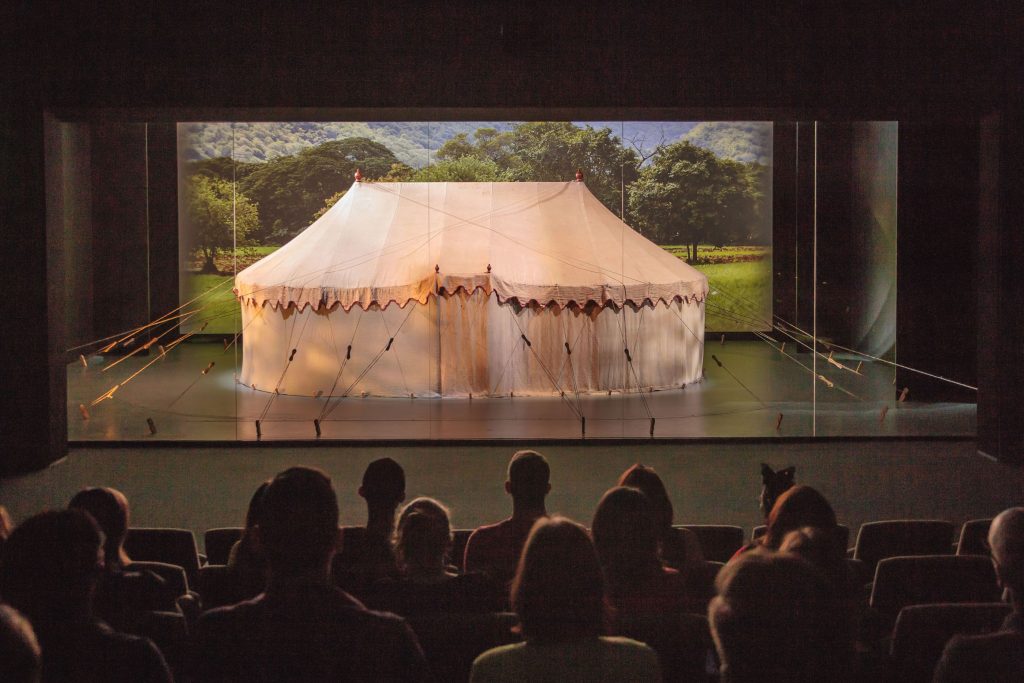
The museum’s show Witness to Revolution dramatically unveils George Washington’s actual tent, to which we said “What the…? How many tents are there?”, as we had just seen his “actual tent” in Yorktown. It turns out that Yorktown has the inner tent and Philadelphia has the outer tent. Our George Washington tent checklist is complete! No photos were allowed of the tent, but you were invited to download photos from their website, so that’s what we have here.
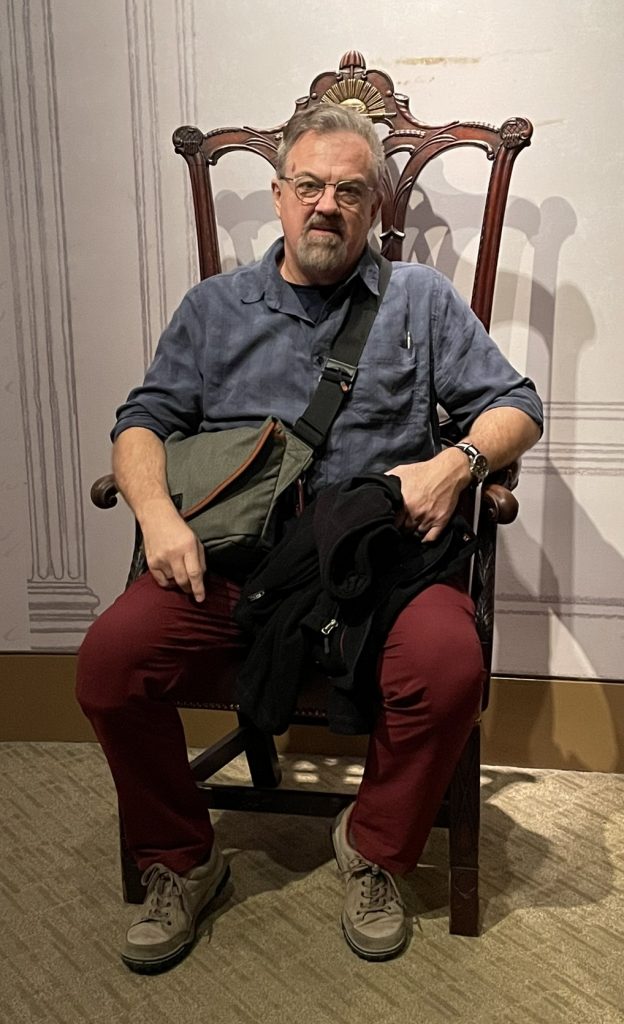
Doug in a reproduction “Rising Sun” chair. Washington sat in a chair with a sun peaking out over his head as he presided over the Constitutional Convention in 1787. As contentious debates waged on (and on), Benjamin Franklin wondered if the sun was rising or setting. When matters were settled he said, “…now at length I have the happiness to know it is a rising sun and not a setting sun.”
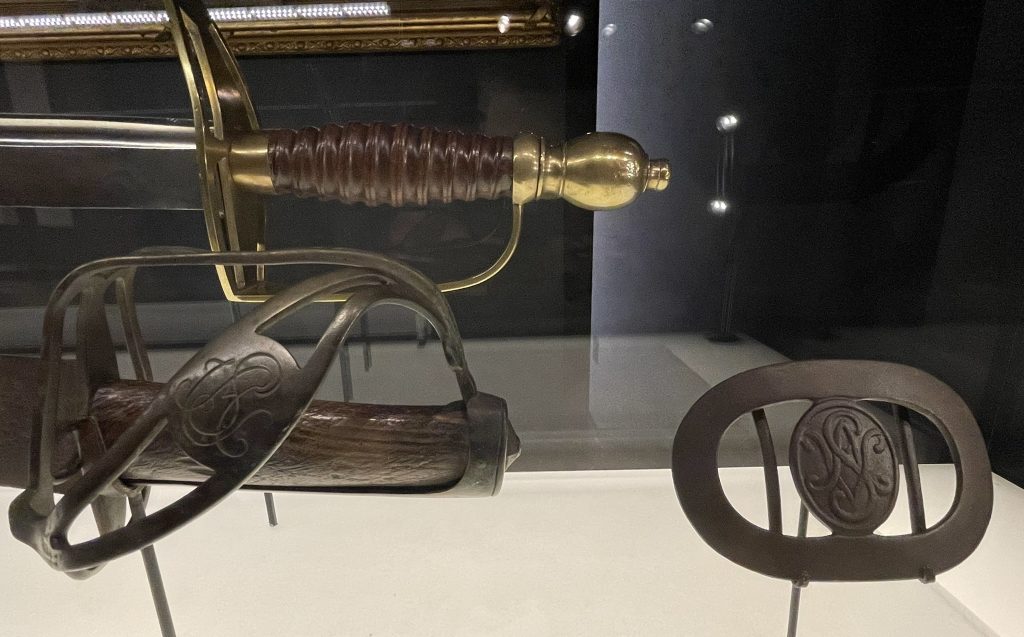
Doug and I just finished an excellent book (affiliate link) on the Marquis de Lafayette, which had us gaping in wonder over this man. Though he was an excellent officer, he seemed to love the pomp and pageantry that went with the military. He often used his own funds to buy matching uniforms and equipment for his troops, and frequently purchased gifts to give with his tears of thanks and gratitude.
Lafayette presented the non-commissioned officers in his Light Infantry Battalion with swords and belt plates (pictured in the foreground), for their service fighting against Cornwallis in 1781 through the Yorktown Campaign. Both are circa 1780 and made in France. The saber in the background, circa 1775-1785, belonged to Major General Benjamin Lincoln, who was Washington’s second in command at Yorktown.
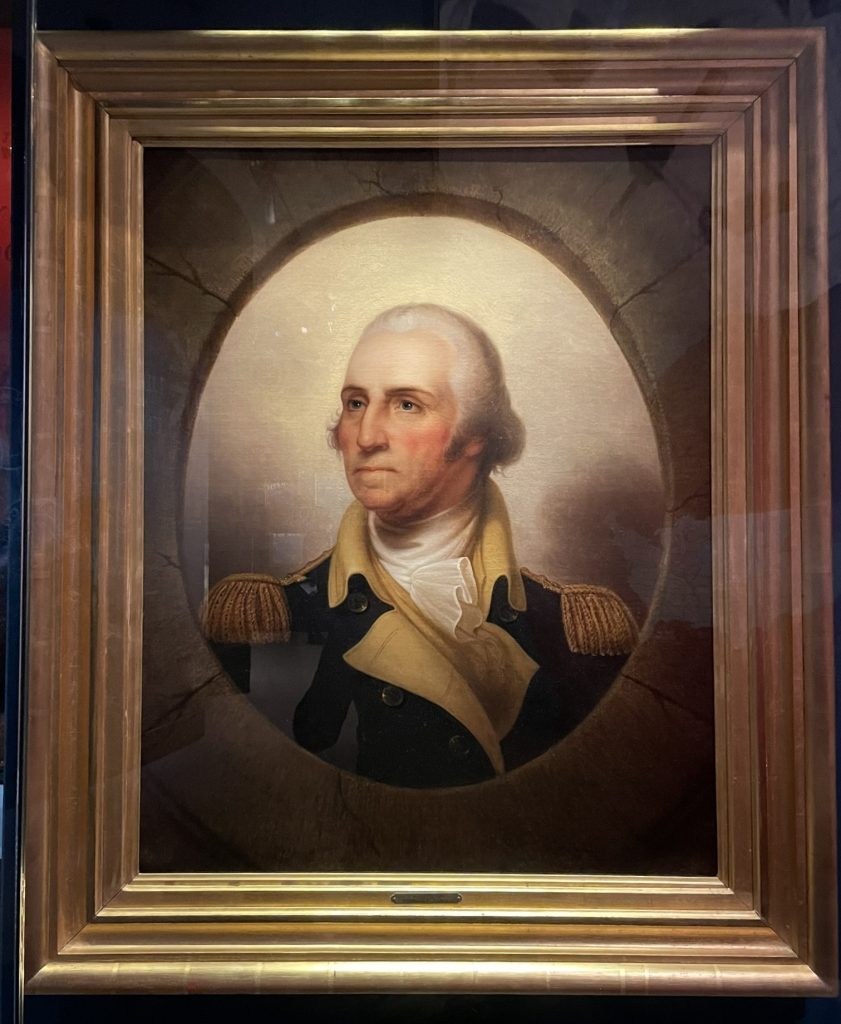
“Porthole Portrait” of George Washington by Rembrandt Peale, circa 1855. Per the accompanying sign, “Rembrandt Peale spent over half of his life trying to get Washington just right. Between 1823 and his death in 1860, Peale painted more than 80 versions of this portrait. Because he was one of the last living artists to paint Washington from life, Peale felt a duty to capture and share his memory of Washington’s ‘exalted patriotism’ for future generations to experience.”
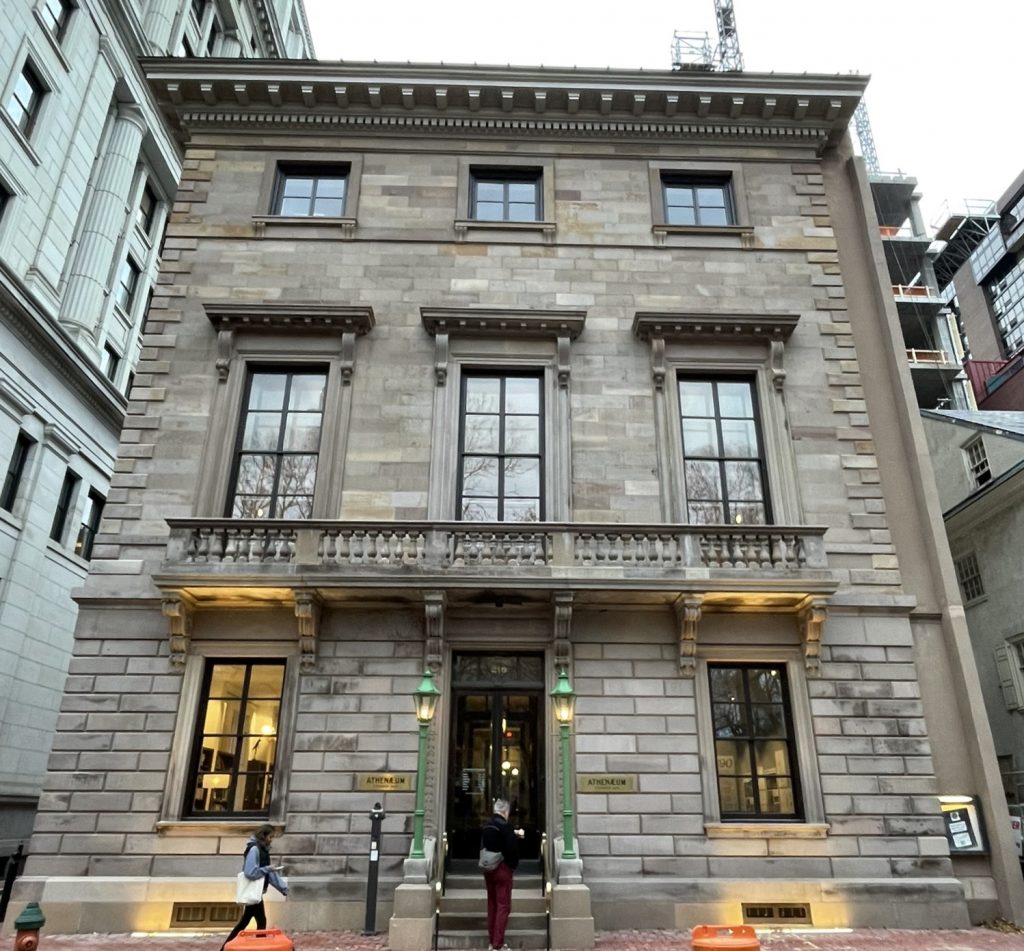
The Athenaeum of Philadelphia is located in a building that was designed in 1845 in the Italianate style. The Athenaeum was founded in 1814 as a subscription library, at a time when there was no such thing as a free public library. Their stated object was to collect items “connected with the history and antiquities of America, and the useful arts, and generally to disseminate useful knowledge”.
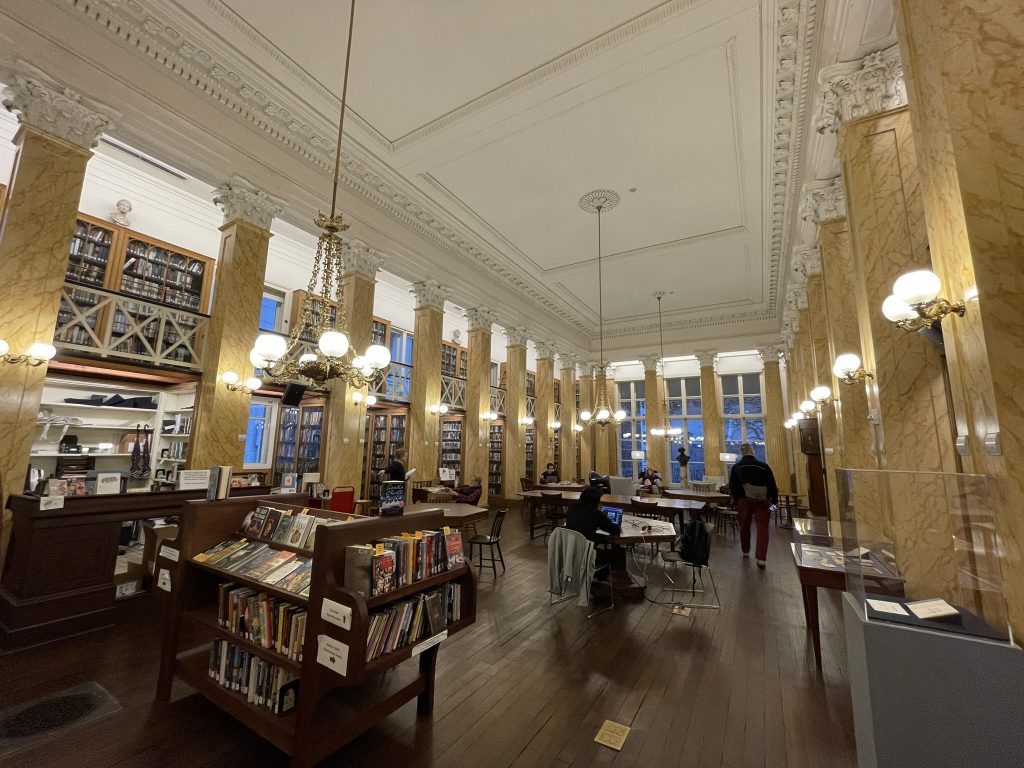
The Athenaeum provides space for conversation and learning — just look at the beautiful room pictured, with tables, chairs, and cozy sitting areas. You can become a member or purchase shorter-term passes to use the library, or it’s free to go in just to look around, which is what we did. The Athenaeum also has a number of odd items on display tucked into random nooks in hallways — we found a death mask of Napoleon, among other things!
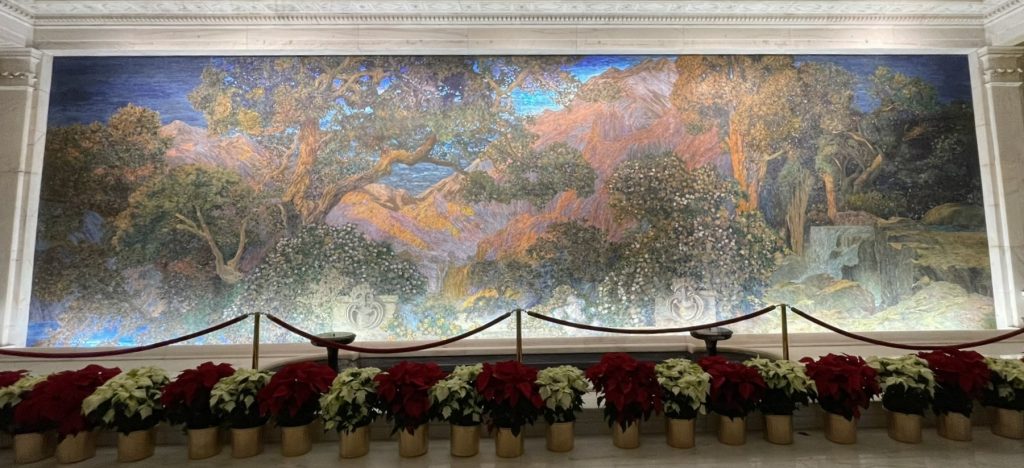
The Dream Garden was designed by Maxfield Parrish and constructed by Tiffany Studios, 1914-1915. The 15-foot by 49-foot mural was commissioned for the lobby of the Curtis Publishing Company. It’s actually 24 panels that were assembled in the Tiffany studios by 30 artists working for over a year.
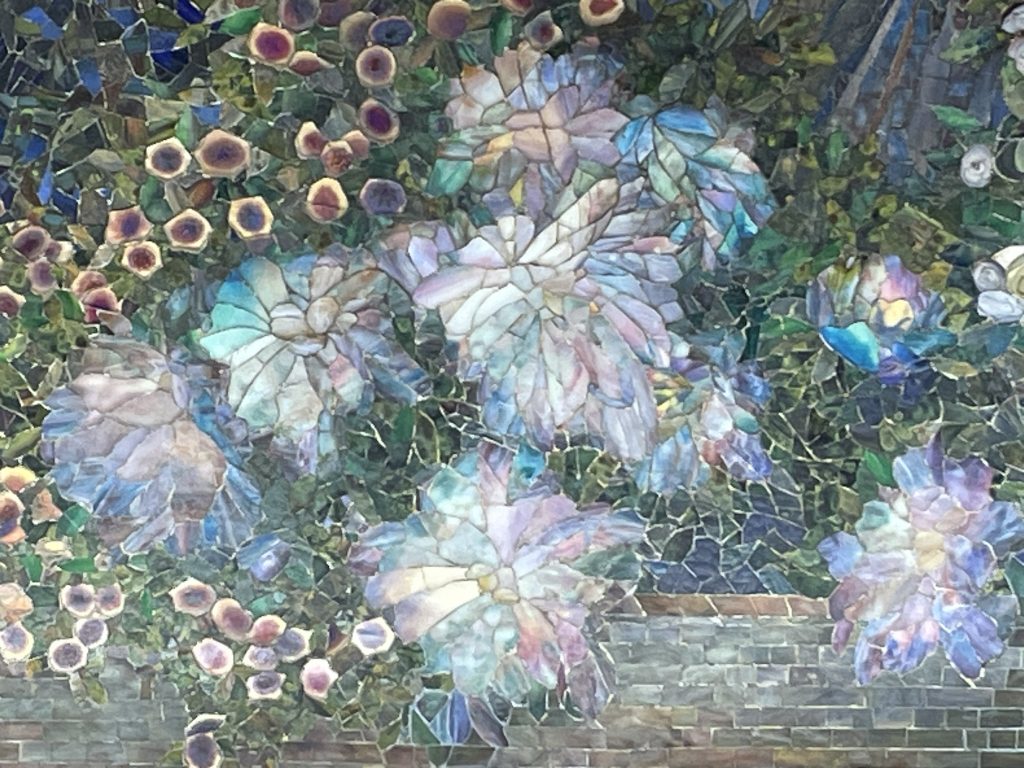
This close up of The Dream Garden gives some idea of how many varied pieces are contained within. Tiffany needed more than 100,000 pieces of glass in 260 colors in order to assemble the mural.
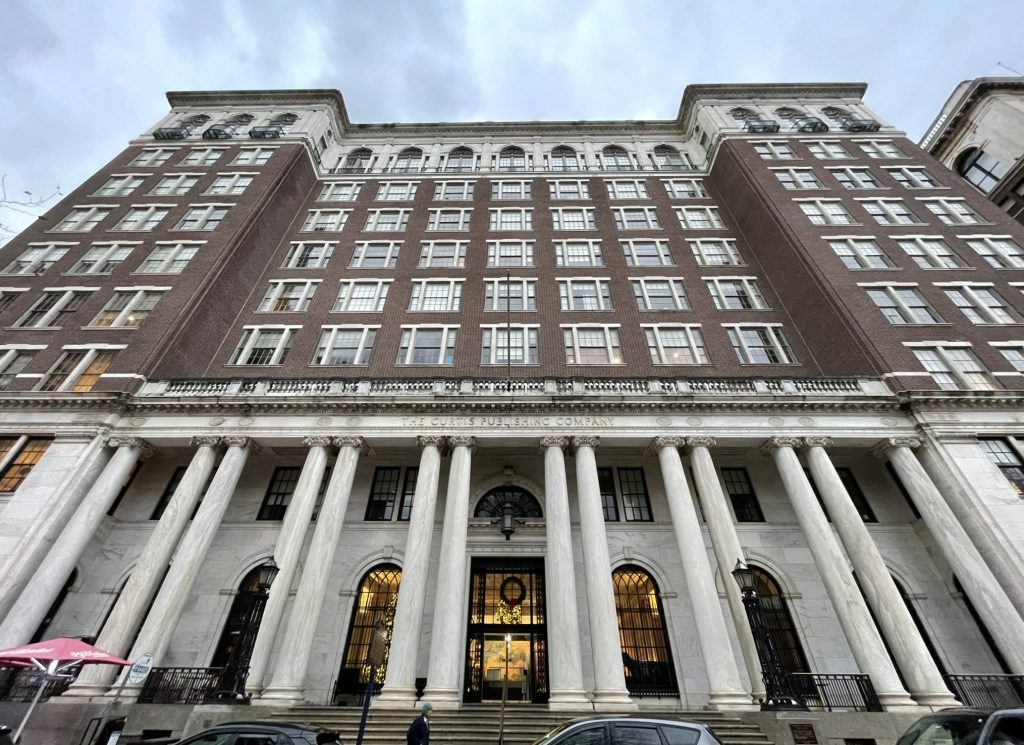
The Beaux-Arts building housing The Dream Garden is The Curtis, built in 1910 for the Curtis Publishing Company, which was founded in 1891. The building was meant to make a statement for the company that published periodicals such as The Saturday Evening Post, Country Gentleman, the children’s magazine Jack & Jill, and Ladies Home Journal. Today the building is a mixed-use building with residences and businesses.
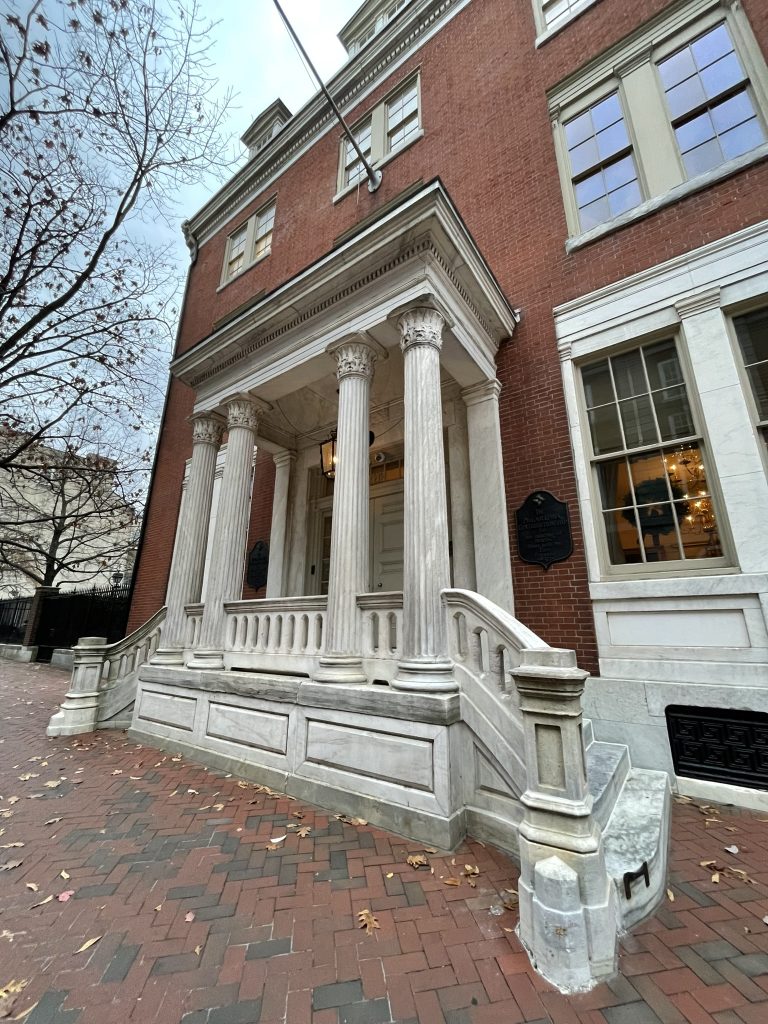
The Philadelphia Contributionship for the Insurance of Houses from Loss by Fire was founded primarily by Benjamin Franklin in 1752. It built this Greek Revival style building in 1836, where it still has its headquarters today. The company introduced some novel concepts, such as setting rates based on an inspection and risk assessment, and creating a financial reserve to pay claims. It still functions as an insurer in Philadelphia.
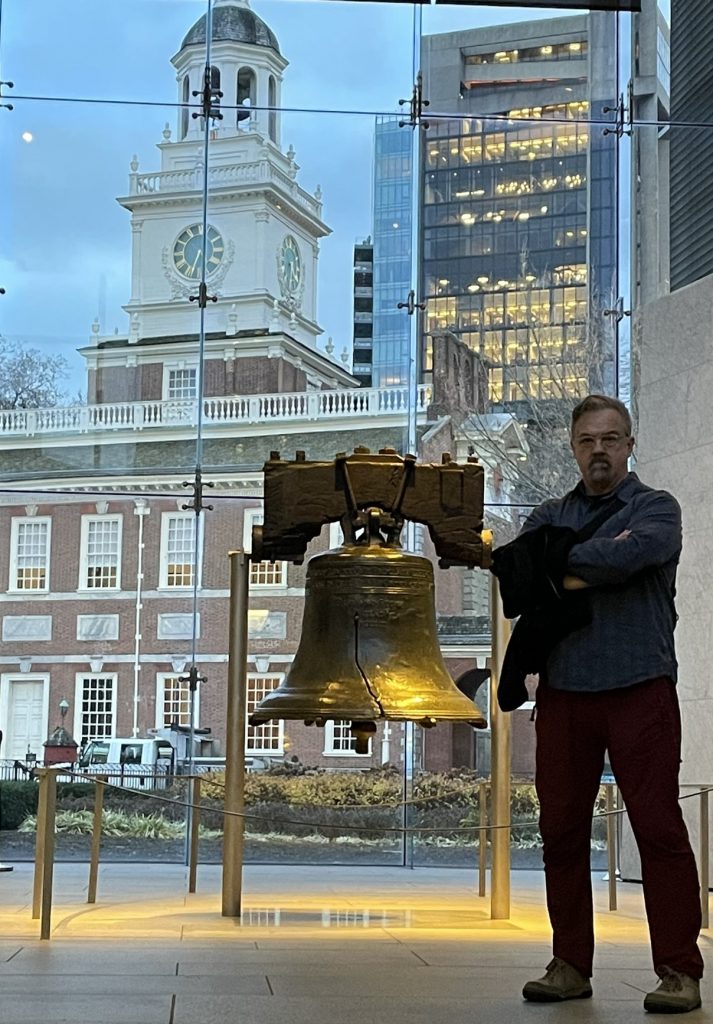
Though we’d both previously seen the Liberty Bell many years ago, there was no wait to pop in and see it in its “new” (to us) location. The bell was originally placed in the steeple of what is now known as Independence Hall, which can be seen through the window behind it. The bell dates to 1753, and has “Proclaim LIBERTY Throughout all the Land unto all the Inhabitants Thereof” imprinted on it.
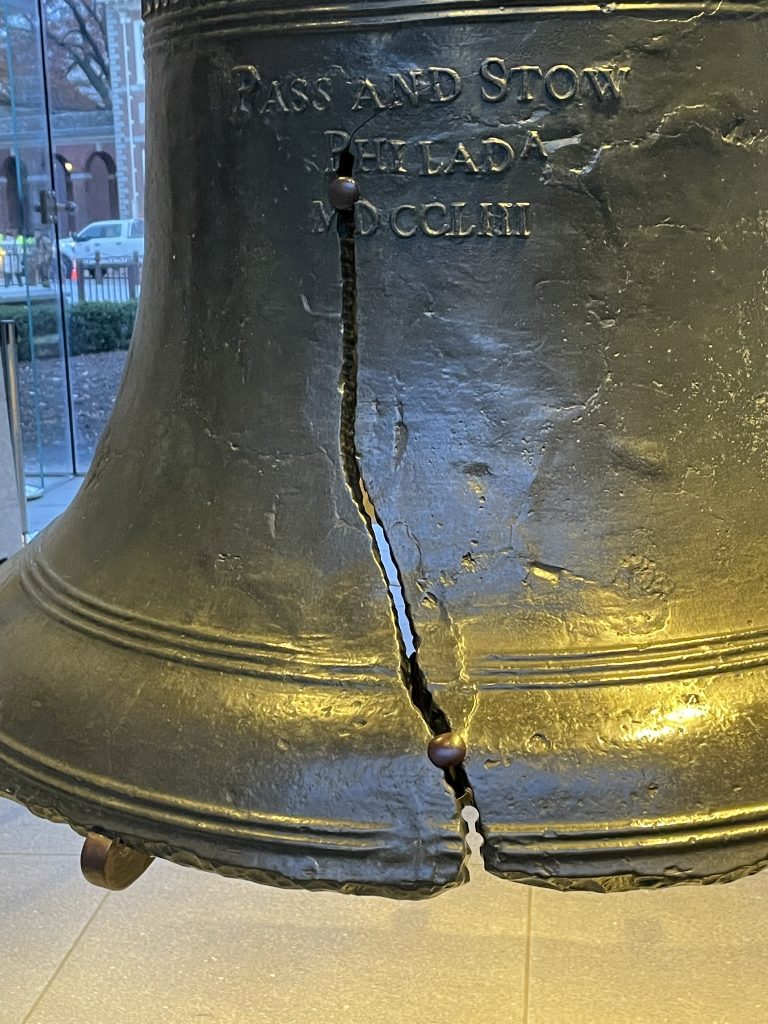
The large crack occurred sometime in the early 19th century, though it is not known precisely when. As the bell traveled around for events, the crack only grew larger – especially when treasure hunters actually chipped away at it! By 1915 it was recognized all this needed to come to a stop, and it has remained in Philadelphia ever since.
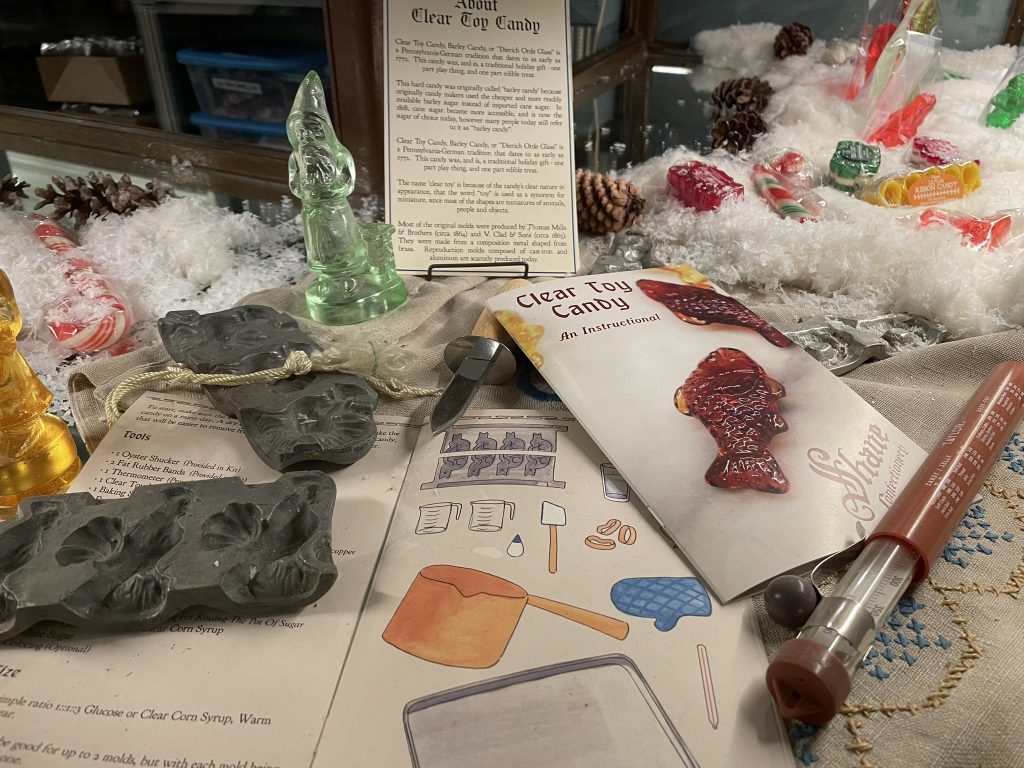
Shane Confectionery has been in operation since 1863, and is considered the longest-running confectionery business in the U.S. They are known for making clear toy candy, which is a Pennsylvania-German tradition dating to the late 18th Century. It’s just what it sounds like — candy in the shape of a toy that is clear. No surprise, it is made of sugar, and doesn’t have much flavor.
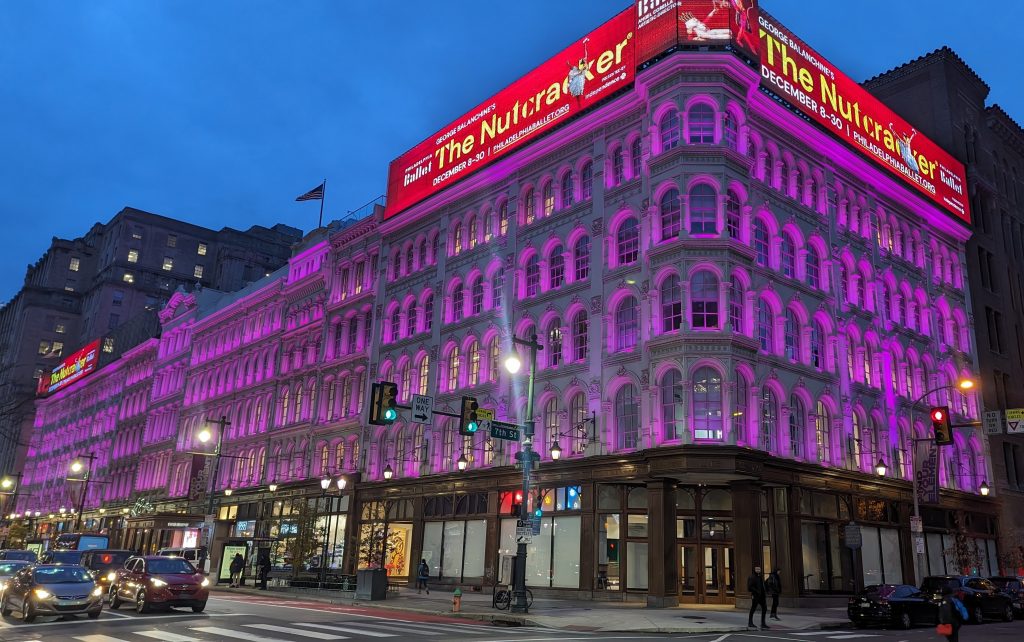
The Lit Brothers Store — “A Great Store in A Great City” — was a moderately-priced department store. The store opened in 1891, and grew to become one of the largest retail stores in the city. After several changes in ownership throughout the years, the Lit Brothers chain closed in 1977. This full-block flagship store sat vacant for about a decade before being redeveloped as office space.
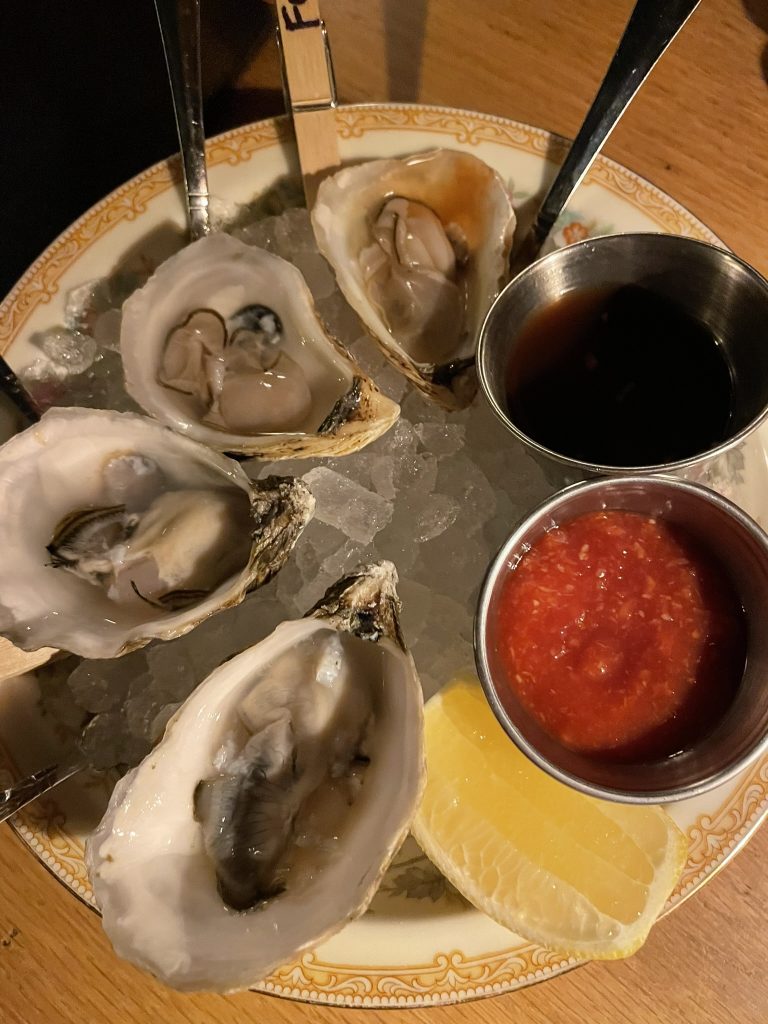
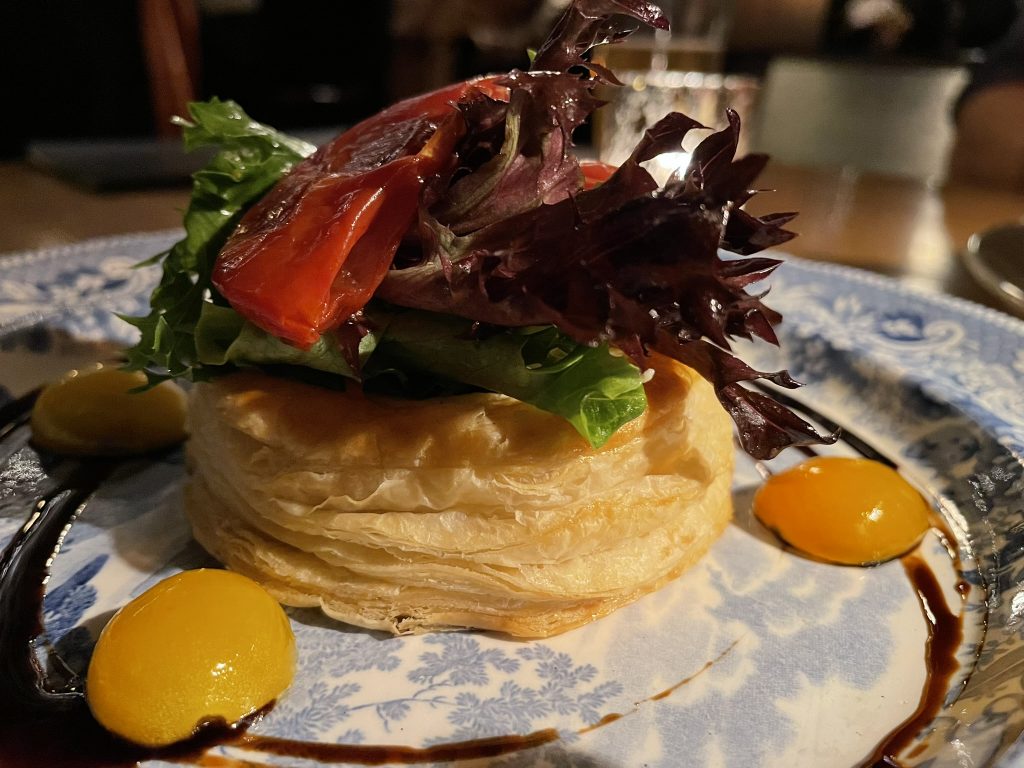
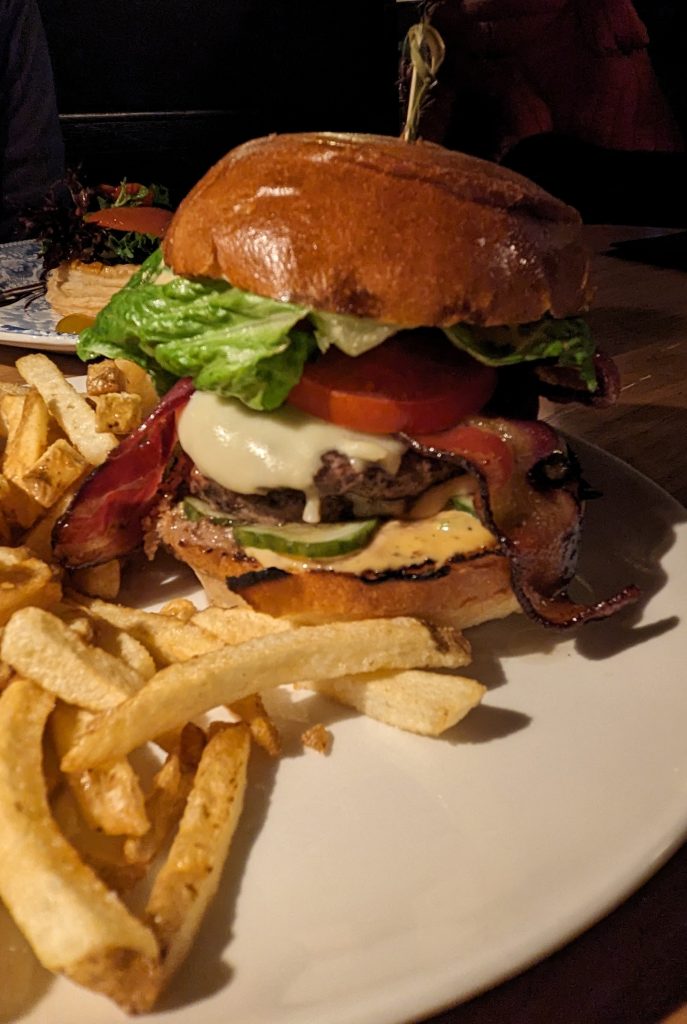
We ended our long day tired and hungry at the Royal Boucherie, which Doug chose for its burgers, of course. I had my first (and probably last) oyster on the half shell. I had an appetizer as my meal, a Tomato & Goat Cheese Tart; the tomato was not actually part of the tart, but two halved grape tomatoes placed decoratively on the plate (as pictured).




